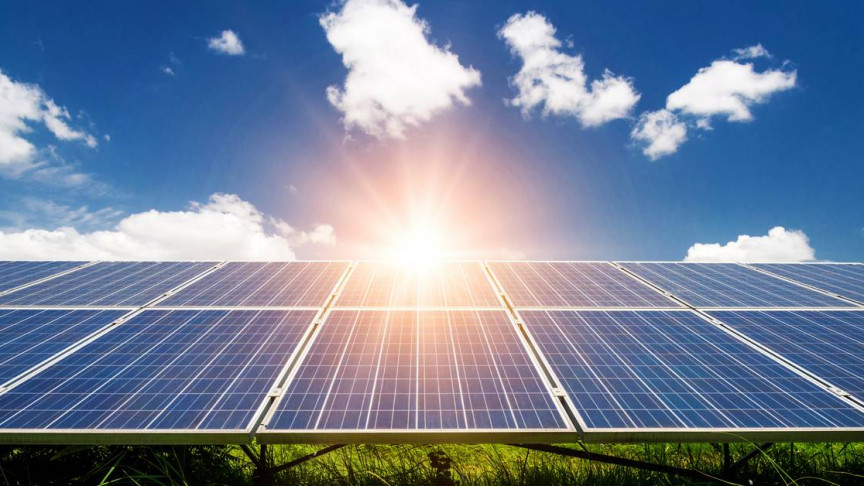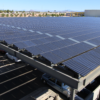Current situation of PV industry
The need for new energy resources is increasing with every passing day, and it is likely to increase more with time. In addition, the surge for renewable and sustainable energy is also being encouraged at all levels, which is helping to grow the PV industry and market all over the globe. Similar trends are also noticed in the European PV Industry. In the last few years, the Solar PV Market in Europe has experienced considerable market development, growth with the essence of political support, lower prices, and better market opportunities. The European PV Market is also one of the most dynamic markets in the world with a mix of European and national strategies and policies.
The PV Market is Booming
There is no doubt that the European solar market is booming. The 27 member states of the European Union saw around 25.9 GW of new solar PV capacity connected to their grids in 2021, an increase of 34% over the 19.3 GW installed the year before. The new record number is 16% higher than our forecast for 2021 in the previous EU Market Outlook. In 2021, the Top 5 markets in the European Union have stayed the same, and among the Top 10, there are only 2 newcomers that are from northern Europe (Denmark and Sweden), replacing two established PV markets, one in central Europe (Belgium), the other in the south (Portugal). In 2021, 25 of 27 EU member states deployed more solar than the year before.Therefore, despite the pandemic, there has been significant growth in the European solar market.
The last 2 years have been tough for every industry including the Solar PV industry due to the pandemic of Coronavirus. But the most interesting part is that regardless of the pandemic and various supply chain issues, the European PV market continued to move forward in a positive direction. When it comes to seeing which country made the most of it, the name of Germany pops up as they have been on the top in terms of installed capacity of 4.8 GW. The other names which are doing well in this regard are Netherlands, France, Poland, Spain, etc. All of these markets are showing positive signs for the future of the overall European PV Industry.
The European region has definitely continued its positive trajectory in terms of PV market as it achieved additional solar capacity of 31.8 GW. It represents 33 percent growth and indicates a difference of only 0.1 GW when compared to the Global Market Outlook projections. It is worth noting that the impact of Ukraine-Russia war and its associated energy challenges are driving the renewable transition of the government.
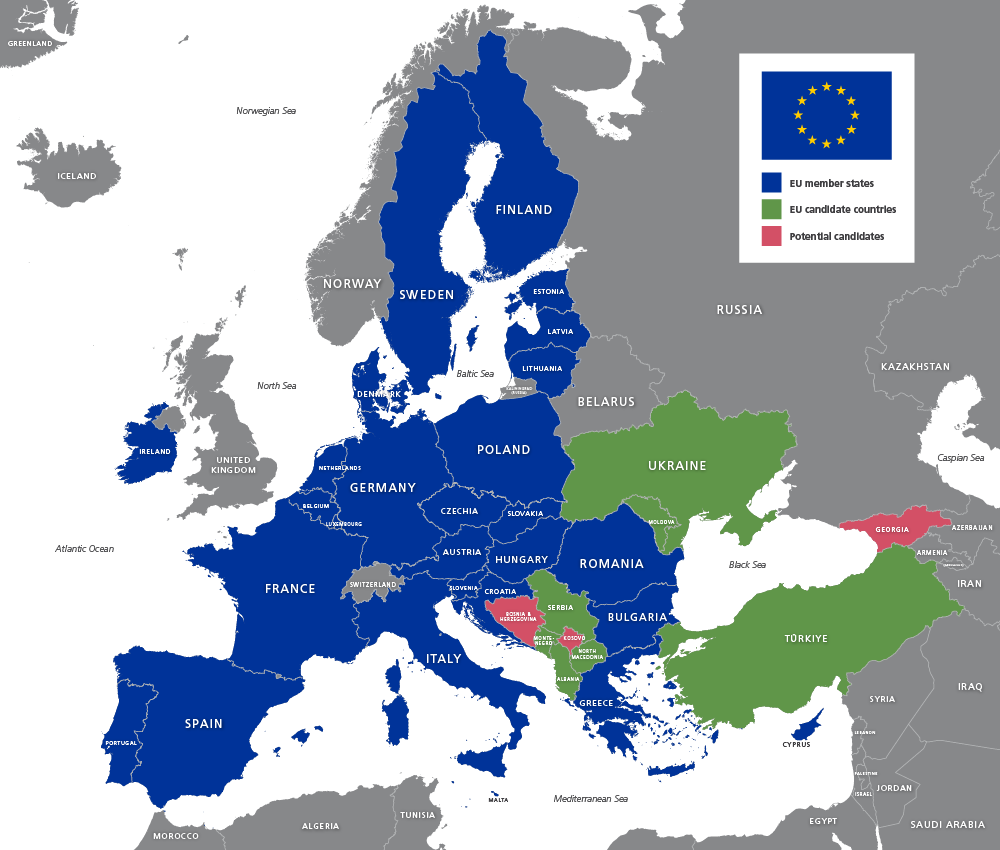
Expectation in the future:
The EU Market Outlook’s PV market scenarios 2022 to 2025 show continuous, two-digit annual growth rates that are all slightly higher than in our previous edition. The Medium Scenario now forecasts 18-20% growth rates compared to 16-17% levels last year, adding around 162.7 GW, and reaching 327.6 GW by the end of 2025. According to our modelling of the Medium Scenario up to 2030, the total solar fleet in the EU will continue its strong growth to 672 GW in that year, with the annual installation rate reaching over 85 GW.
However, SolarPower Europe asks the European Commission and Member States for much more ambition for the solar sector. By 2030, the EU needs to operate 870 GW of solar capacity across its territory to enable the most cost-efficient trajectory towards climate neutrality in 2050 and meet the 1.5°C Paris target. The crucial foundation for this path is a EU renewables target of at least 45% for 2030.
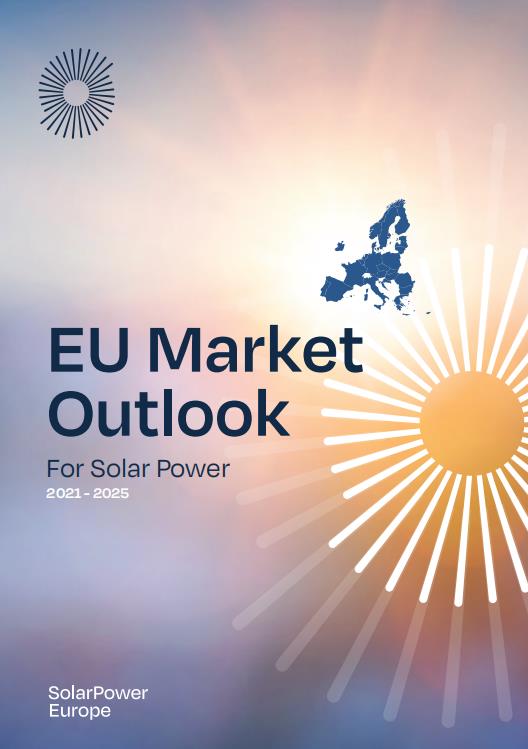
What Governments Do And Should Do
In fact, 25 of 27-member states of EU and their governments are set to implement and install more solar panels in 2022 as compared to 2021. Indeed, various nations across Europe are changing their policy mechanism and structure to evaluate their remuneration levels. Additionally, Germany represents one of the key commercial markets and it proposed to change the support for commercial rooftop systems. Meanwhile, in June 2020, the government of Norway decided to postpone the reduction of the solar-rebate program. In the nation, homeowners that wish to install PV arrays were even entitled to acquire fixed sums.
In addition to it, geographical conditions in nations such as Ireland, Norway, and the Baltic region are generally more effective for the installations of rooftop solar PV. In turn, this factor is one of the key drivers for the rooftop solar market of Europe.
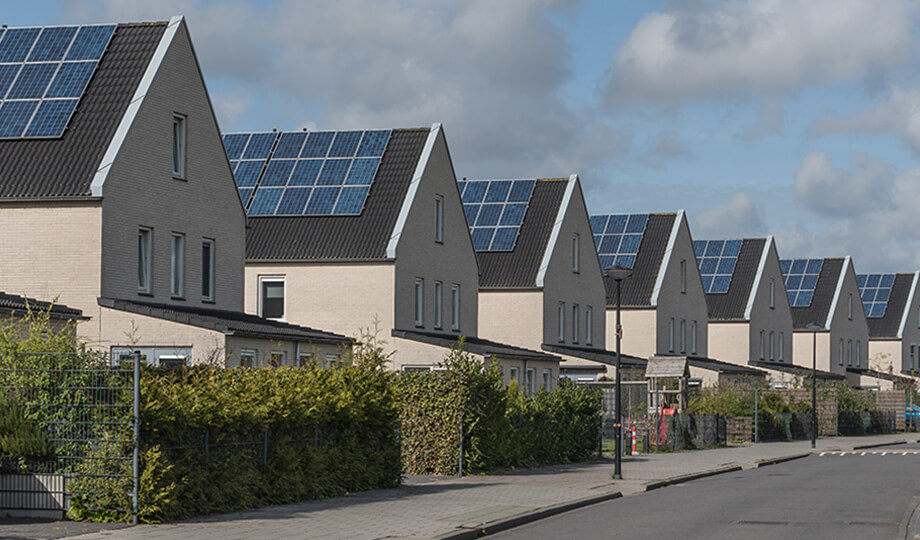
Promoting PV Systems Actively
Countries such as Denmark, Norway, Sweden, and the United Kingdom are promoting PV systems actively across their nations.It is important to keep in mind that the EU has set some goals to achieve in terms of carbon emission reduction, and this can only be achieved if the solar PV industry grows over time. This industry with a growing market can help to achieve the objectives of sustainable energy which is less damaging to the environment. That’s why, a range of initiatives are taken at the policy level by the governments in the EU, and these initiatives will keep encouraging more investors to invest in this market. It is also vital to mention here that the EU market is connected with the global market, and the growth of the global Solar PV market is to achieve the figure of $260.2 billion by 2030. It is another indication that the European PV market will be experiencing great expansion and growth.
However, how things will move forward depends on various factors. The first important factor in this regard is the cost of installing solar PV systems to generate the capacity of sustainable energy. If governments will continue to bring more initiatives for investors, companies, as well as, individuals, then things will be brighter in a variety of ways. Political support is critical for the European PV market as policymakers can make things and policies easier for the stakeholders to install solar PV systems to generate more energy, and encourage more people towards using sustainable and renewable energy. A few names were mentioned above which are doing well in the European market, and it is anticipated that Germany will continue to dominate the European PV market. However, more countries are also showing more interest and growth such as the UK, Italy, etc.
Carbon Neutral by 2050
It is a known fact that the EU has set a goal of carbon neutrality till 2050, and this goal cannot be achieved if the Solar PV market is not expanded to every corner of the EU region. The European Union will have to coordinate with the national governments across Europe to develop a strategy that is long-term in its perspective. All of them should work together to create more and more opportunities by keeping all the stakeholders on the same page. The general consumers along with large corporations should be given policy guidelines, as well as, some perks to install and use solar PV systems. The dream of solar PV systems can only be turned into reality when it will be expanded to the mass scale.
Rooftop PV
When we talk about the opportunities that the European PV market holds, one great aspect is the rooftop solar systems installation. It is observed that around 90% of rooftop space in Europe is unused. This unused space can be used to install rooftop solar systems which can save a lot of money and energy. The role of governments will be critical in this regard as they need to encourage people to install these rooftop systems. Germany has taken an initiative by launching a feed-in premium (FIP) program which holds support for the installation of rooftop solar systems on a commercial scale. The Norwegian government has initiated a support program where homeowners will receive a fixed amount of money if they will install rooftop PV systems. More countries in the EU will have to adopt a similar strategy and provide support to people and corporations to use rooftop space for solar systems installation.
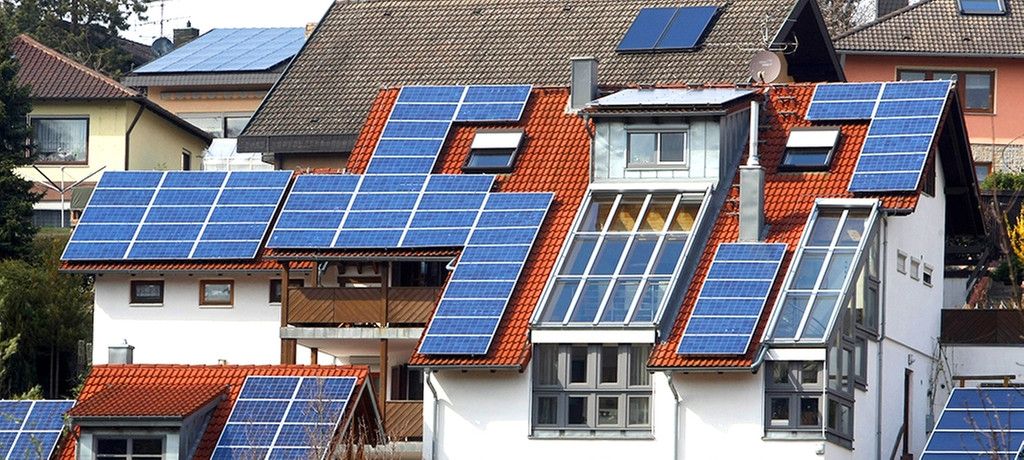
Final Thoughts
The above discussion with given facts and figures are clearly showing a bright future for the European Solar PV Market, and things will get better if the strategy will be continued in this direction. It can be seen that with the support and encouragement of the national government, the future photovoltaic market will have broad space for development. At the same time, the strong market demand will also attract more entrants, the competition will be more and more fierce.The countries like UK, Denmark, Sweden, Finland, and Ireland have great opportunities to initiate Solar PV systems programs to encourage all the stakeholders.
If you are also interested in installing a Solar PV system at your home, carport or company space, Maysun Solar Company is here to offer you solar panels with great quality, high efficiency , affordability, and promise. We have professional industry personnel to answer your PV module related questions, please feel free to contact us.

